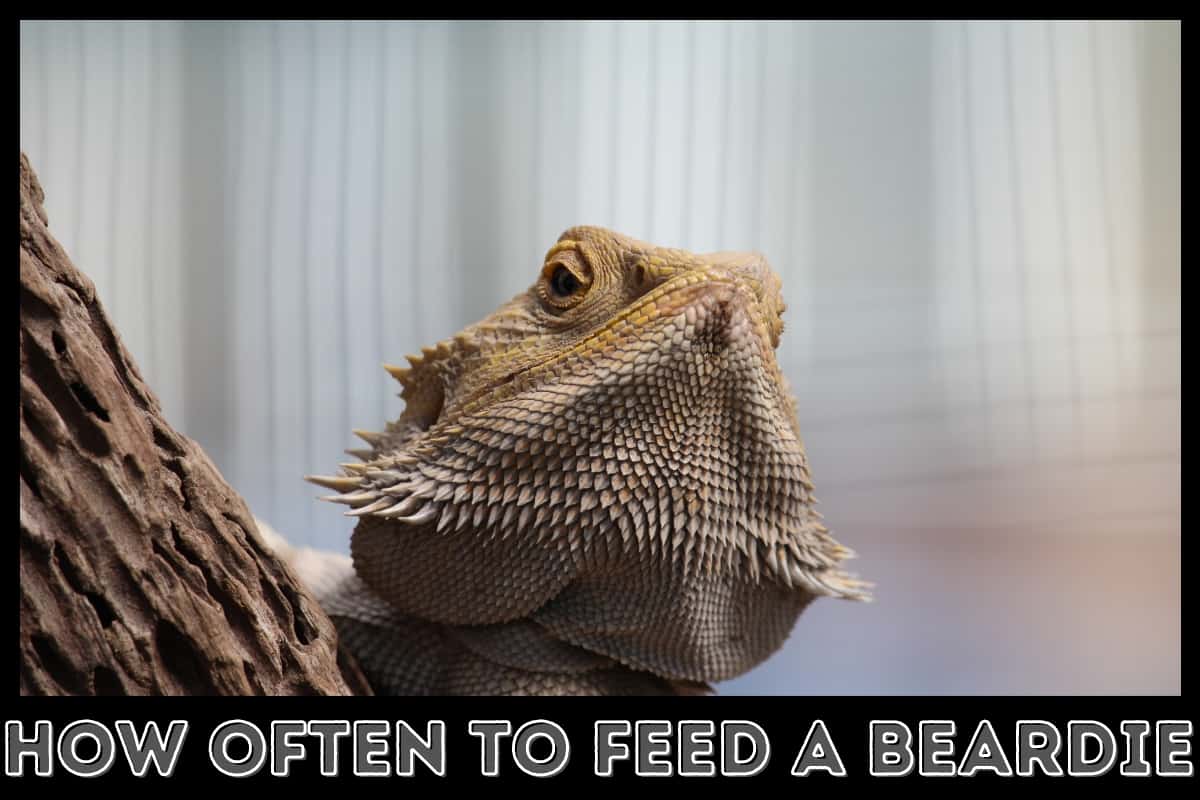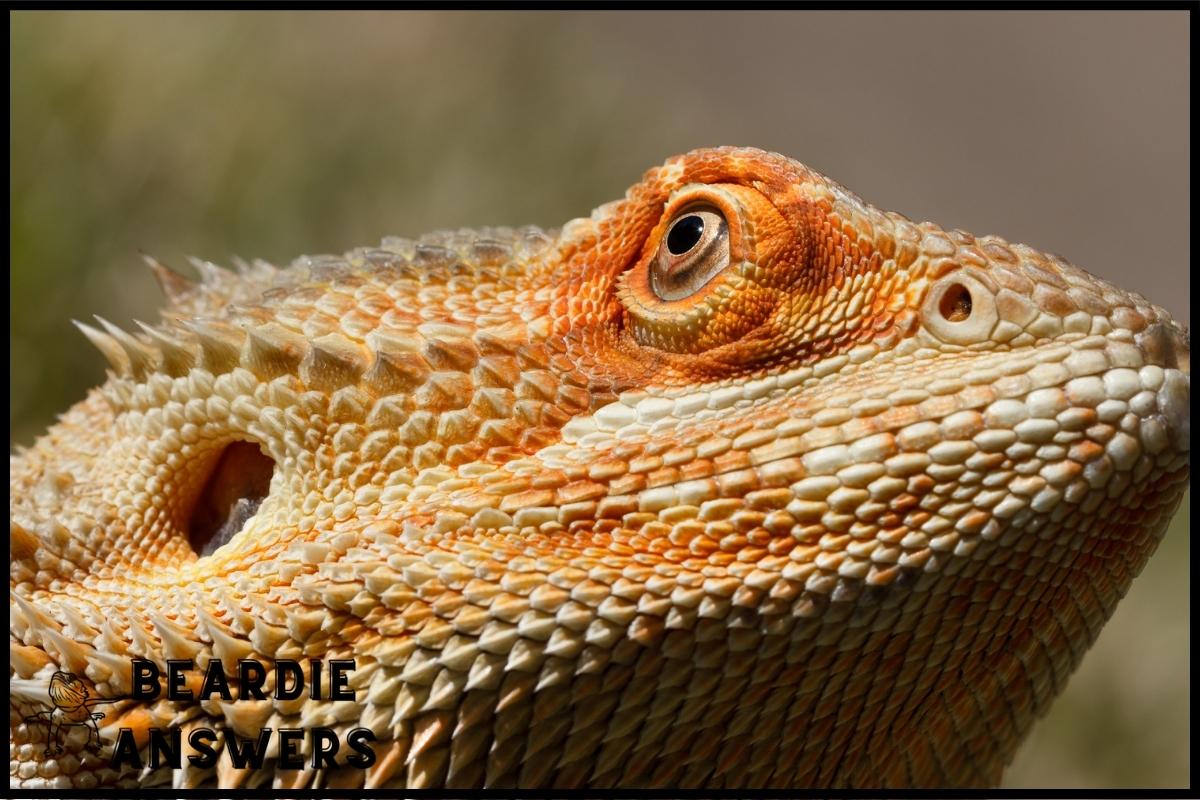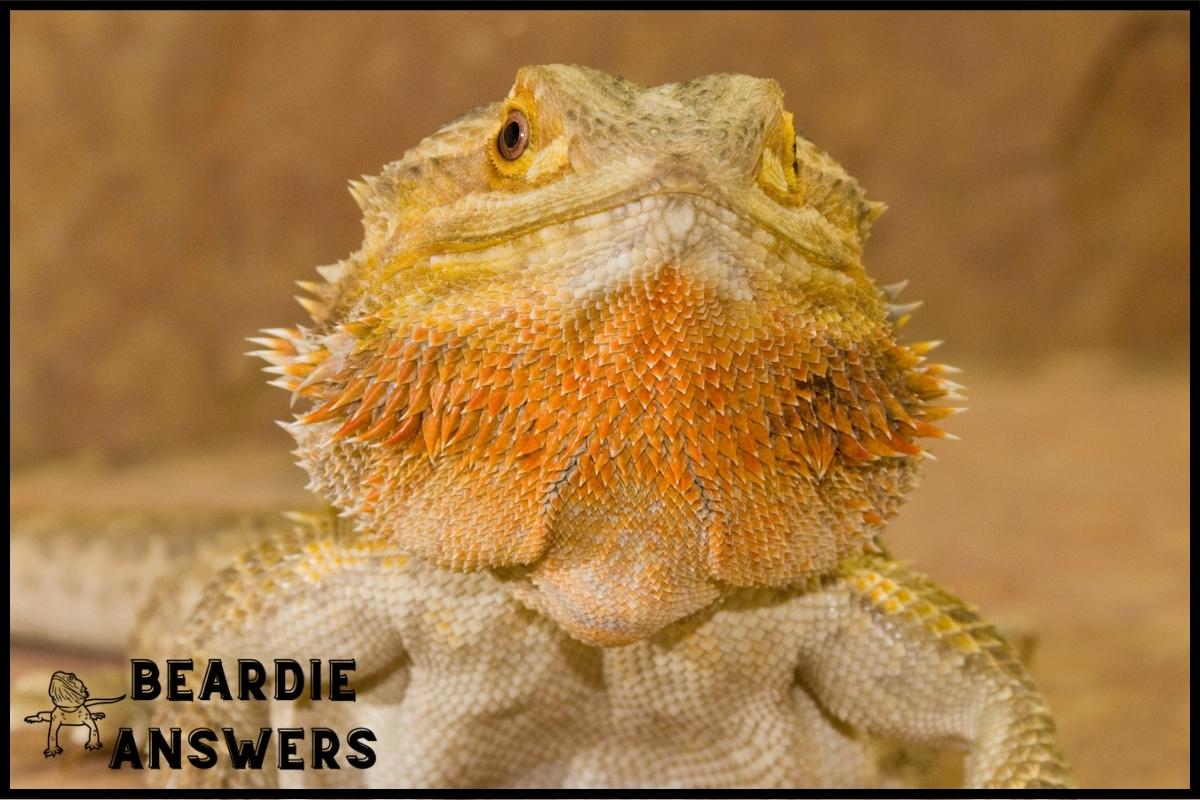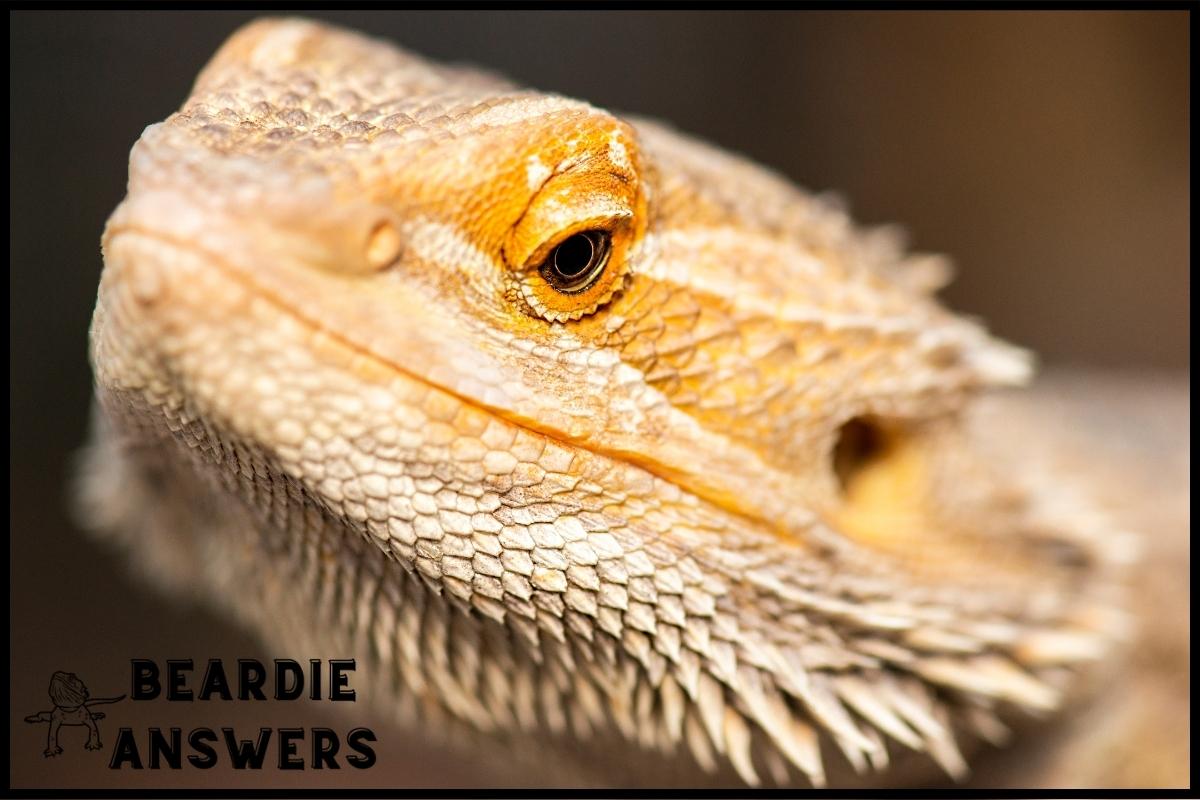How often you feed your bearded dragon depends on their life stage. Hatchlings and young dragons (up to 6 months old) should be fed one to three times per day with live feeder insects. Juveniles (6 months to one year) should be fed fresh food and water at least twice per day. Adult bearded dragons should be fed once a day, but their nutritional needs vary depending on their life stage. A dragons diet should be adjusted accordingly as they get older.
Temperature, size and weight of the dragon, activity levels, health, and seasonal considerations can all influence how frequently your bearded dragon should be fed.
What You'll Learn
Feeding Frequency for Different Life Stages
Hatchlings and Young Dragons (up to 6 Months)
Hatchlings and young dragons should be fed several times per day until they reach the age of 6 months.
A good rule of thumb is to eat 3-4 times per day, with each meal containing live food like crickets and fresh greens.
Vitamins should be added to the dragon’s diet three times per week to ensure proper nutrition and growth.
Juvenile Dragons (6 Months to 1 Year)
Juvenile dragons (6 months to 1 year old) require more protein than baby dragons. Every day, they should be fed live feeder insects two to three times. This is because they are still growing quickly and require a lot of protein to help them develop and strengthen their bones.
They should also be provided with fresh fruits and vegetables for the other half of their diet. It is critical to ensure that your juvenile dragon gets enough food, but not too much, as this can cause health issues.
Adult Dragons
Adult dragons need to be fed once a day, but their diet should be the opposite of that of juveniles. The diet should include 10-20% protein and 80-90% vegetables. To keep your dragon healthy, try to keep a regular feeding schedule and monitor their weight. Overfeeding and underfeeding can both cause health issues, so pay attention to your dragon’s eating habits and adjust the frequency accordingly.
Other Factors to Consider when Determining Feeding Frequency
There are numerous other factors to consider when deciding how frequently to feed your bearded dragon. The temperature, size and weight of the dragon, activity levels, health, and the season should all be taken into consideration.
Temperature
It is critical to keep their environment at the proper temperature while they eat, as they may become sluggish or ill if the temperature is too low or too high.
Furthermore, the temperature of their food should be considered; feed them food that is neither too cold nor too hot to ensure they are comfortable while eating.
Maintaining a suitable temperature ensures that your dragon receives the nutrition it requires without jeopardizing its health.
Size and Weight of The Dragon
When determining how frequently to feed the dragon, its size and weight should also be considered. Larger dragons, in general, will require more food than smaller dragons.
You should regularly monitor their body weight and size to ensure they are getting enough nutrition. You should also adjust their diet if they gain or lose a significant amount of weight.
Activity Levels
Activity levels can affect a dragon’s feeding schedule. The more active they are, the more calories they will burn. The more calories they burn, the more of an appetite they will have. If you have a very active bearded dragon, you may need to feed them more frequently.
Health
If a bearded dragon is sick or suffering from a medical condition, it may lose its appetite or become less interested in food. This can be a sign that something is wrong and a vet should be consulted.
Additionally, certain medical conditions can cause a bearded dragon to eat more than usual, such as metabolic bone disease, which is caused by a lack of calcium and Vitamin D3. So it’s important to monitor your bearded dragon’s eating habits and consult with a veterinarian if you notice any changes.
Seasonal Consideration
Seasonal changes should be considered in addition to the life stage of your bearded dragon. Your bearded dragon will become more active during the spring and summer months, when the days are longer and the temperatures are higher.
Because of their increased activity, they will require more food and should be fed more frequently.
When the temperatures drop and the days become shorter in the fall and winter, your bearded dragon may become less active and require fewer meals.
How to Monitor Your Dragon’s Feeding and Nutrition
It is critical to keep track of your bearded dragon’s feeding and nutrition to ensure its health and well-being. To accomplish this, observe your dragon’s eating habits, weight, and for signs of overfeeding or underfeeding.
Signs of Overfeeding or Underfeeding
As a bearded dragon owner, it’s important to recognize the signs of overfeeding and underfeeding in order to ensure that your dragon is receiving adequate nutrition.
Overfeeding may be indicated if your dragon appears lethargic or has a decreased appetite. In contrast, if your dragon has a voracious appetite and is constantly looking for food, this could indicate that it is underfed.
Keeping track of your dragon’s eating habits and weight can help you determine if you’re feeding them enough.
Importance of Maintaining a Healthy Weight
Bearded dragons must maintain a healthy weight because being overweight or underweight can cause health problems.
Pet parents should keep an eye on their dragon’s weight and eating habits, and adjust the feeding frequency as needed.
To ensure that the dragon gets enough nutrients, a nutrient-dense diet of vegetables, fruits, and insects should be provided.
Observe Your Dragon’s Eating Habits
Keep track of your dragon’s eating habits to ensure they are getting enough nutrition and energy. Keeping track of their eating habits will also help you determine if something is wrong. Bearded dragons typically have a consistent appetite. If they stop eating or begin eating much more than usual, something may be wrong.
Monitor the Dragon’s Weight
This can be accomplished by weighing them on a digital scale or comparing their length to a ruler. Make a habit of doing this at the same time every day to ensure an accurate reading. If your dragon has lost or gained more than a few grams of weight, it may be time to change their feeding schedule.
Key Points
- Bearded dragon feeding frequency varies according to age, with hatchlings and young dragons up to 6 months old needing to be fed live feeder insects 1-3 times per day and juveniles from 6 months to 1 year old needing to be fed live feeder insects, fresh fruits and vegetables 2-3 times per day.
- Adult dragons need to be fed once a day with a diet that contains 10-20% protein and 80-90% vegetables, and their feeding schedule should be adjusted according to temperature, size and weight, activity level, health, and seasonal changes.
- It is critical to keep hatchlings and young dragons at the proper humidity level to ensure proper nutrition and growth.
- To help develop and strengthen their bones, juvenile dragons require more protein.
- To keep your dragon healthy, keep an eye on their weight and adjust their diet as needed.

Hi! My name is Bryan, I am the “one behind the words” here are BeardieAnswers.com. I believe that providing quality care and nutrition is the best way to ensure the health of your pet. Every beardie is special and deserves the best care and attention. If you have questions about your bearded dragon, please don’t hesitate to ask! View My Full Author Page




